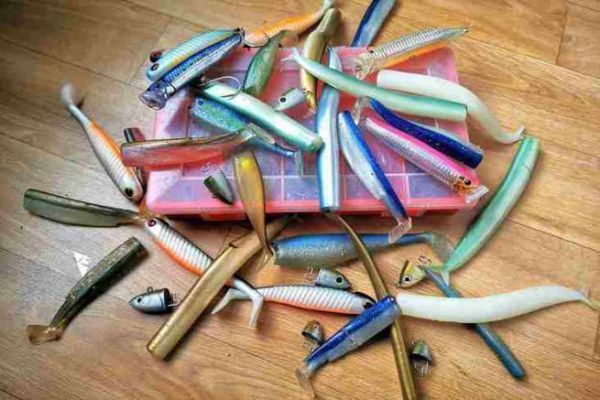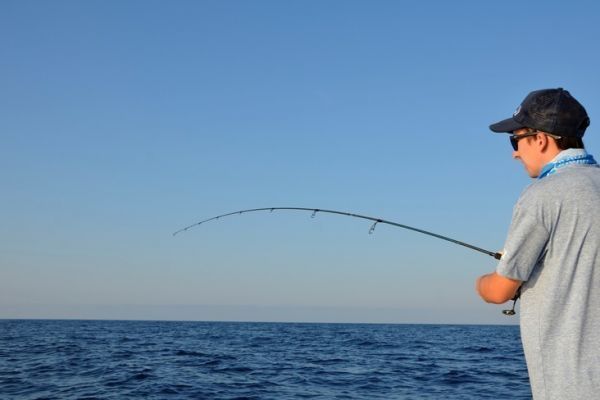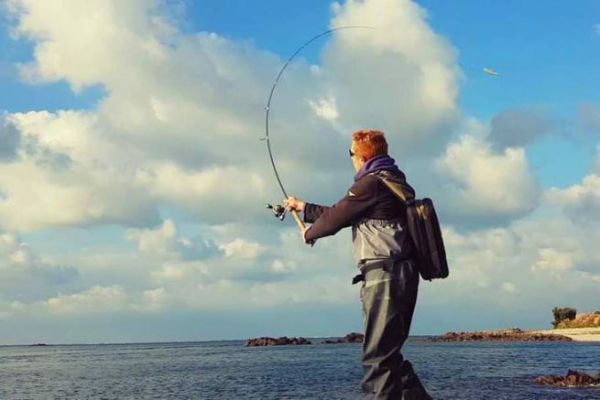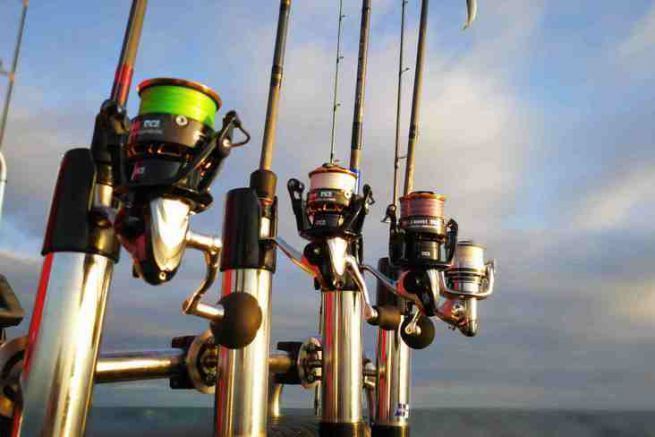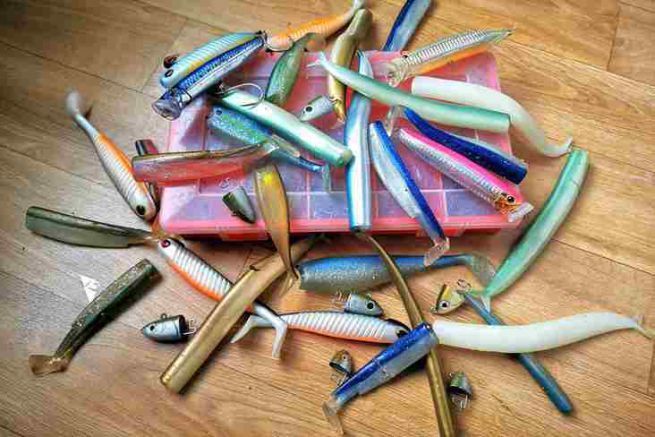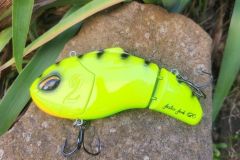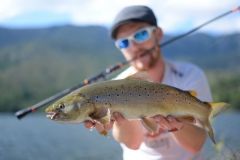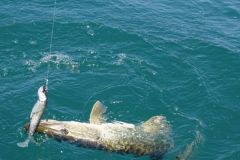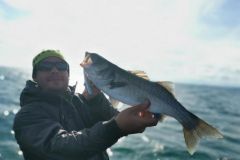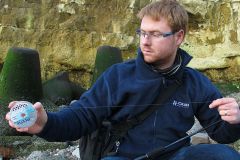After seeing in the two previous articles how to choose your first rod for sea casting as well as the reel you're going to combine with it to create an optimal package now you need to equip yourself with lures.
In this field, the choice is extremely vast, and it's difficult to find your way around when confronted directly with your retailer's department. Fortunately, your retailer is there to help you. On the other hand, if you decide to go it alone, here are a few tips.
The first thing to bear in mind is that there's no need to have a box full of lures of every possible and unimaginable color. A few will suffice when well chosen. The same goes for lead heads. You can choose one model of lure and make it available in different weights.
Lures can be divided into several families:
- soft lures.
- hard lures, especially surface lures.
- jigs.
Here's the box of lures I'd put together if I had to go fishing with a single rod and cast in the sea (power 10-45 grams) whether from the shore, a boat or a kayak. For shore fishing, I would obviously adapt the weight of the lures to the shallow depth.
Soft lures
This is surely the type of lure with the widest range on offer. There are countless sizes and colors available on the market. The idea here is to select a few that will cover all your target spots and techniques. By selecting a model and offering it in 2 sizes and a few colors, you'll be well equipped to deal with almost any situation. I'm going to distinguish 2 families of soft lures:
- Shads are fish-shaped lures terminating in a paddle of varying width. My choice here is the famous Fiiish Black Minnow in sizes 120, 140 or 90 for fishing in shallow water. As for colors, I mainly use blue and khaki. Occasionally a pink or transparent color works well. For the 120 mm, I use the 12 and 25 gram heads, and for the 140 mm, the 20 and 40 gram heads.
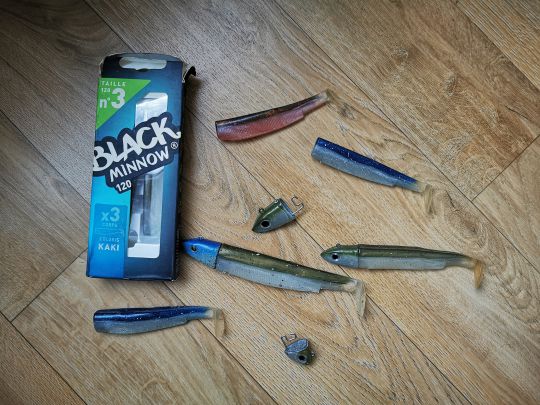
The beauty of the entire Fiiish range, including the Black Minow, is that it's extremely easy to find your way around the body sizes and heads to use, thanks to a clever numbering system.
Example: Size 3 body, size 3 head and size 3 hook.
Other lures, such as Illex's Nitro Shad or Delalande's DJ Line are also effective. The advantage of these lures is that you can use these 2 body types with the same lead head model, available in different weights.
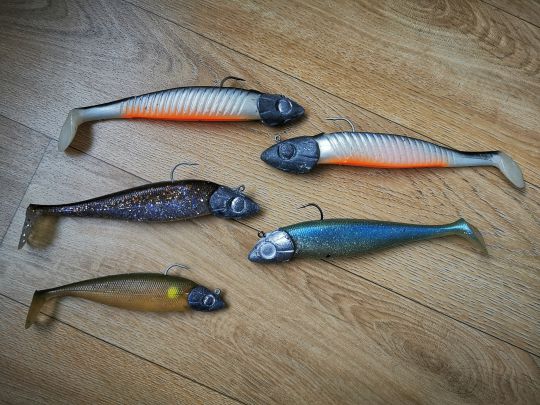
- Slugs, which are long, slender lures, are very popular in areas rich in sand eels, for example. Here, again from Fiiish, the Crazy Sand Eel is my favourite weapon in sizes 150 mm and 220 mm.
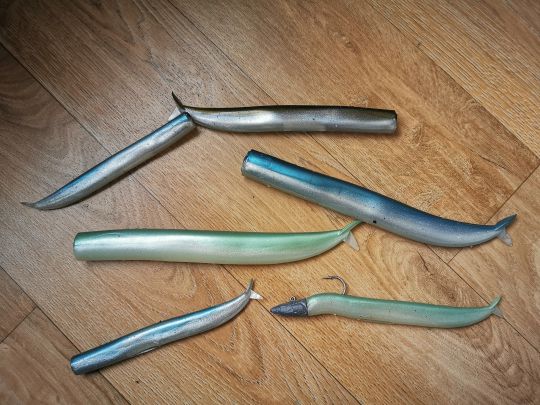
Armed with 10, 20 or 30 gram heads for the 150 mm model, it is ideal for fly fishing. The 220 mm size with its 30 or 60-gram head is used in deeper areas or those more exposed to the current. Personally, I get the best results with the vertical elevator technique.
Hard lures
Here, I prefer surface lures and have been using only 2 models for many years:
- Visit Feed Popper 120 mm from Tackle House which I use in all circumstances and which brings me the best results.
- The Super Spook, a timeless lure which, although not new, continues to catch many fish.
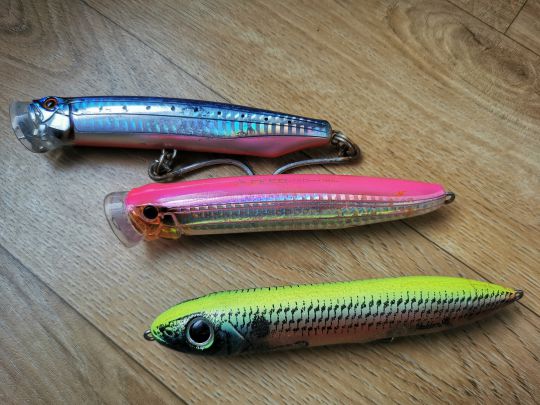
Jigs
For use on the fly or in the vertical, these lures provide long casting distances and allow you to fish the whole water column quickly. Whether you're fishing from the shore, a kayak or a boat, all you need to do is adapt the size and weight. Whether on wrecks with 150-gram models or in less water, Ragot's Herring model is my favorite.

To remember
- No need to carry too many lures.
- Choose a jig head that will fit as many bodies as possible and offer it in different weights.
- For lures, choose 2 natural colors and 1 fluorescent color if required.
